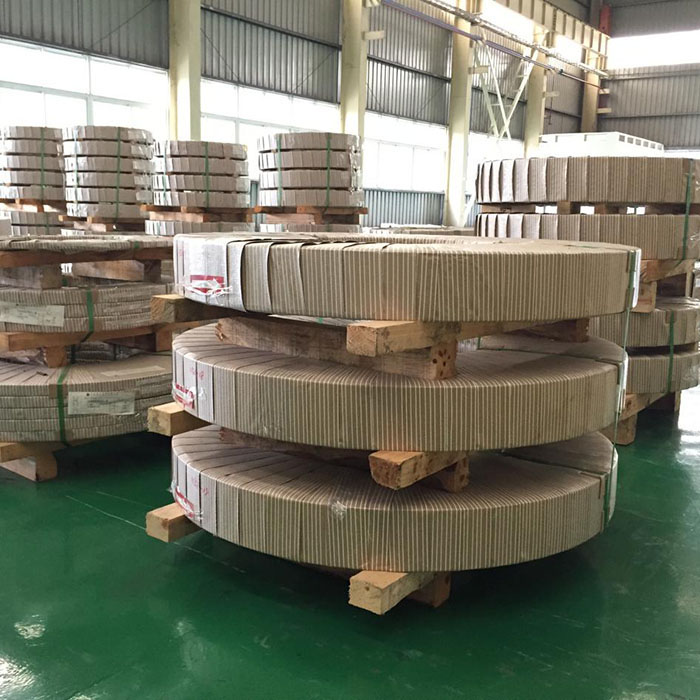

High temperature environment has the following effects on the performance of precision stainless steel strips:
Reduced strength and hardness: In high temperature environment, the strength and hardness of precision stainless steel strips may decrease significantly. As the temperature increases, the grain structure of the steel may change, resulting in a decrease in the tensile strength, yield strength and hardness of the material. For some stainless steel alloys, the decrease in strength and hardness will be aggravated after exceeding a certain temperature.
Dimensional stability and deformation: High temperature may cause the size of precision stainless steel strips to change. The material may undergo thermal expansion at high temperature, resulting in dimensional instability, and even warping, deformation and other phenomena. In some cases, long-term exposure to high temperature may cause permanent deformation, affecting precision and processing performance.
Reduced corrosion resistance: The corrosion resistance of stainless steel may be affected in high temperature environment. High temperature may damage the surface oxide film of stainless steel, resulting in reduced corrosion resistance, especially in some strong acid, strong alkali or high temperature atmosphere, the risk of oxidation or corrosion will increase.
Grain growth and phase change: High temperature environment may induce grain growth of stainless steel, thereby reducing the mechanical properties of the material. In addition, different types of stainless steel may undergo different phase changes at high temperatures. For example, austenitic stainless steel may experience grain coarsening at high temperatures, affecting its overall performance.
Fatigue life and fracture toughness: The fatigue life of stainless steel strips may be reduced if they are exposed to high temperatures for a long time. High temperatures may cause stress relaxation of the material, increasing the risk of fatigue failure under repeated loads. At the same time, the fracture toughness of the material may be affected, especially the probability of brittle fracture at high temperatures.
Oxidation and decarburization: In a high-temperature oxidizing environment, an oxide layer is easily formed on the surface of precision stainless steel strips. Although this oxide layer can provide protection to a certain extent, if the oxide layer is too thick, it may reduce the mechanical properties of the material. Decarburization may also occur in high-temperature environments, especially in some steels with high carbon content, where decarburization will reduce the hardness and strength of the surface layer.
In short, the performance of precision stainless steel strips in high-temperature environments will be affected to varying degrees, mainly manifested in a decrease in strength, hardness, corrosion resistance, dimensional stability, etc. Therefore, when used at high temperatures, it is necessary to select the appropriate material type and take necessary treatment measures, such as surface coating and alloy composition adjustment, to enhance its high-temperature performance.
